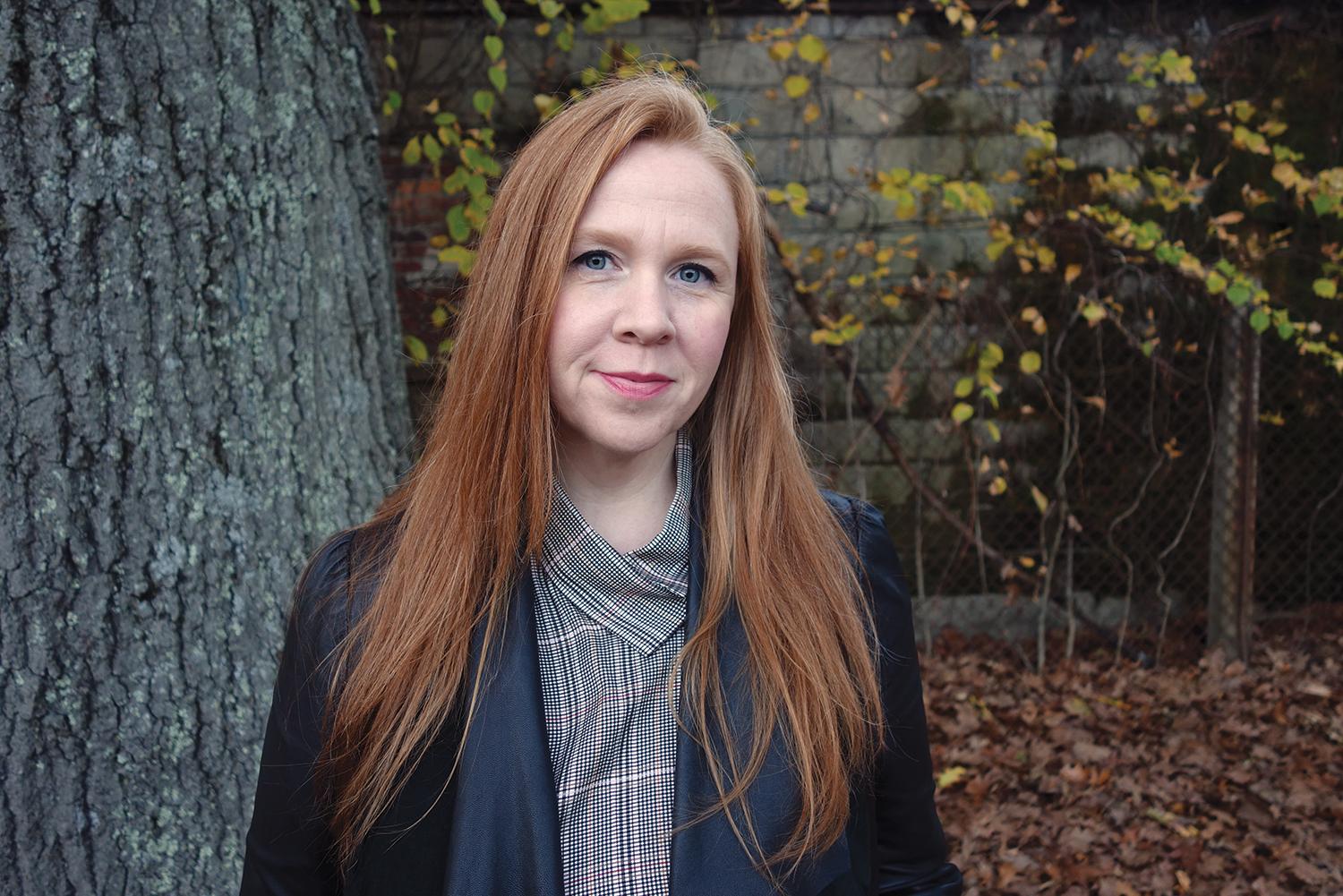
Illustration: Sébastien Thibault
Finding Fault
People have always been at the whim of powerful geologic forces: from the shifting of tectonic plates that restructure the landscape, to the ebbs and flows of glacial periods. Only recently, though, have we begun to understand our own role as a geologic force. Scientists now know that human activity has the power to warm the climate, shift seasonal weather patterns, and melt glaciers. We can even create earthquakes.
The budding study of human-induced earthquakes—otherwise known as induced seismicity—has major implications for the future of energy production and the fight against climate change. And Conevery Bolton Valencius, a Boston College history professor, is on the frontlines, helping to illuminate the havoc that fracking can wreak on the environment.
While the idea that human activity might shake the earth isn’t new, there is now a consensus that “human beings have been causing significant earthquakes across a lot of the U.S. Mid-Continent because of our energy production,” Valencius said. Indeed, scientists today attribute many of the earthquakes that have roiled Arkansas, Oklahoma, Texas, Kansas, Ohio, and California over the past century to activities related to oil and gas extraction. And things are only getting worse. The rise of fracking, which injects liquid into the ground at high pressure, not only causes small tremors, it creates huge volumes of wastewater that then need to be dumped into deep holes, causing more-substantial quakes. Many of these tremors occur in regions that don’t typically experience natural earthquakes, and thus aren’t built to withstand them. A 2016 quake in Pawnee, Oklahoma, for example, reached a magnitude of 5.8 and damaged buildings more than 300 miles away in Kansas City.
Valencius likens the process of pumping materials, usually water, deep underground to a Newton’s cradle—those sets of hanging silver balls that you might see on an office desk. “You whack one of them, and the one on the opposite side flies up,” she said. Similarly, “putting wastewater underground creates pressure that can shift systems and produce earthquakes.”
Valencius, who specializes in the history of science, medicine, and the environment, developed an interest in induced seismicity in 2013 when she was finishing her book The Lost History of the New Madrid Earthquakes, which chronicles a series of forgotten quakes that struck the Mississippi Valley in 1811 and 1812. Through Twitter, she became aware of speculation that fracking was going to cause the next New Madrid Earthquake.
More research revealed that there had been a recent spate of earthquakes in Arkansas—but the rumbling had come to a halt as soon as the Arkansas Oil and Gas Commission closed its wastewater injection sites in 2011. “I thought that was quite remarkable,” Valencius said. Determined to further explore the relationship between earthquakes and energy extraction, she used a 2016–2017 Radcliffe Fellowship to team up with the journalist Anna Kuchment and cowrite a book Valencius describes as a “scientific detective story” about energy-related earthquakes in the 21st century.
An awareness of human-induced quakes could encourage policymakers to develop a coordinated national approach to tackle the problem, Valencius said, and to update building codes where energy production threatens to prompt seismic events—from the Mississippi River Valley to cities such as Dallas and Memphis. And a more developed understanding of induced seismicity will be essential as we create technologies to mitigate climate change. For instance, she said, sequestering carbon underground might seem like a great idea—but only if you can ensure that it won’t cause earthquakes.
In this way, Valencius’s examination of past energy-extraction practices could lead us to envision a different future—one powered by clean energy that doesn’t prod fault lines underground. “We look at the absolute centrality of fossil fuels, and it’s hard to imagine it being anything different,” said Valencius, who credits her BC students for opening her eyes to new research avenues. “But the history of energy use in the United States has shown enormous change. That gives me a sense that we could, in fact, be different, ten or twenty years from now, than we are today.”


 print
print mail
mail

